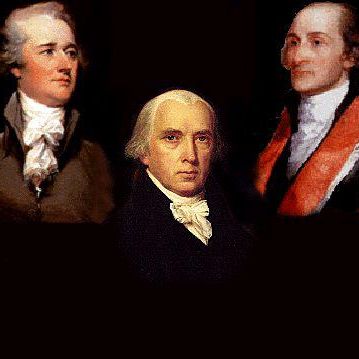



In a remarkable revelation that is set to deepen our understanding of art history, scientists have unearthed new details about the techniques Leonardo da Vinci employed to paint the iconic “Mona Lisa.”
Published on Wednesday in the Journal of the American Chemical Society, the study postulates that Leonardo, the famously inquisitive and innovative Italian Renaissance master, could have been in an especially experimental frame of mind while creating the legendary painting in the early 16th century.
Drawing upon X-ray technology, researchers scrutinized the atomic and chemical structure of a minuscule paint fragment from the artwork.
This paint sample was virtually invisible to the naked eye, no larger than the diameter of a human hair, and was extracted from the top right-hand corner of the “Mona Lisa.”
Utilizing a synchrotron, a complex machine that accelerates particles nearly to the speed of light, the team was able to dissect the sample’s chemical composition in granular detail.
“He was someone who loved to experiment, and each of his paintings is completely different technically,” stated Victor Gonzalez, the lead author of the study and a chemist at France’s premier research institution, the CNRS.
In an interview with The Associated Press, Gonzalez elaborated that the ground layer of the “Mona Lisa” was applied using a “specific technique,” something that had not been scientifically confirmed before.
The landmark finding is the discovery of a rare compound known as plumbonacrite in the first layer of the painting.
This compound is a byproduct of lead oxide, providing a tangible clue that Leonardo likely used lead oxide powder to thicken and expedite the drying of his paint.
“Plumbonacrite is really a fingerprint of his recipe,” Gonzalez observed. “It’s the first time we can actually chemically confirm it.”
Prior to this, art historians could only hypothesize about the use of lead oxide in Leonardo’s paint mixture.
The base layer’s unique chemical signature suggests that Leonardo may have employed a different oil-paint recipe for the “Mona Lisa,” compared to his other works, likely by dissolving lead oxide powder in linseed or walnut oil and heating it.
TRENDING: Parent Strips Down During School Board Meeting: ‘I Wanted to Make a Clear Argument’
“What you will obtain is an oil that has a very nice golden color,” Gonzalez explained. “It flows more like honey.”
Carmen Bambach, a curator specializing in Italian art at New York’s Metropolitan Museum of Art, hailed the research as “very exciting,” adding that any scientifically validated insights into Leonardo’s painting techniques constitute “extremely important news for the art world and our larger global society.”
Bambach noted that the discovery attests “to Leonardo’s spirit of passionate and constant experimentation as a painter – it is what renders him timeless and modern.”
Interestingly, Dutch master Rembrandt, who painted in the 17th century, may have used a similar technique, since plumbonacrite has also been found in his work.
“It tells us also that those recipes were passed on for centuries,” Gonzalez said. “It was a very good recipe.”
While this is a milestone in the scientific investigation into one of the world’s most scrutinized pieces of art, it is just the tip of the iceberg.
“There are plenty, plenty more things to discover, for sure. We are barely scratching the surface,” Gonzalez declared. “What we are saying is just a little brick more in the knowledge.”
Thus, as it stands on the pedestal of art history, the “Mona Lisa,” said to be a portrait of Lisa Gherardini, the spouse of a Florentine silk merchant, continues to reveal her mysteries, enchanting and engaging us in new ways, centuries after her creation.
TRENDING: Woke NYU Law Student Learns a Hard Lesson After Posting Pro-Hamas Message
